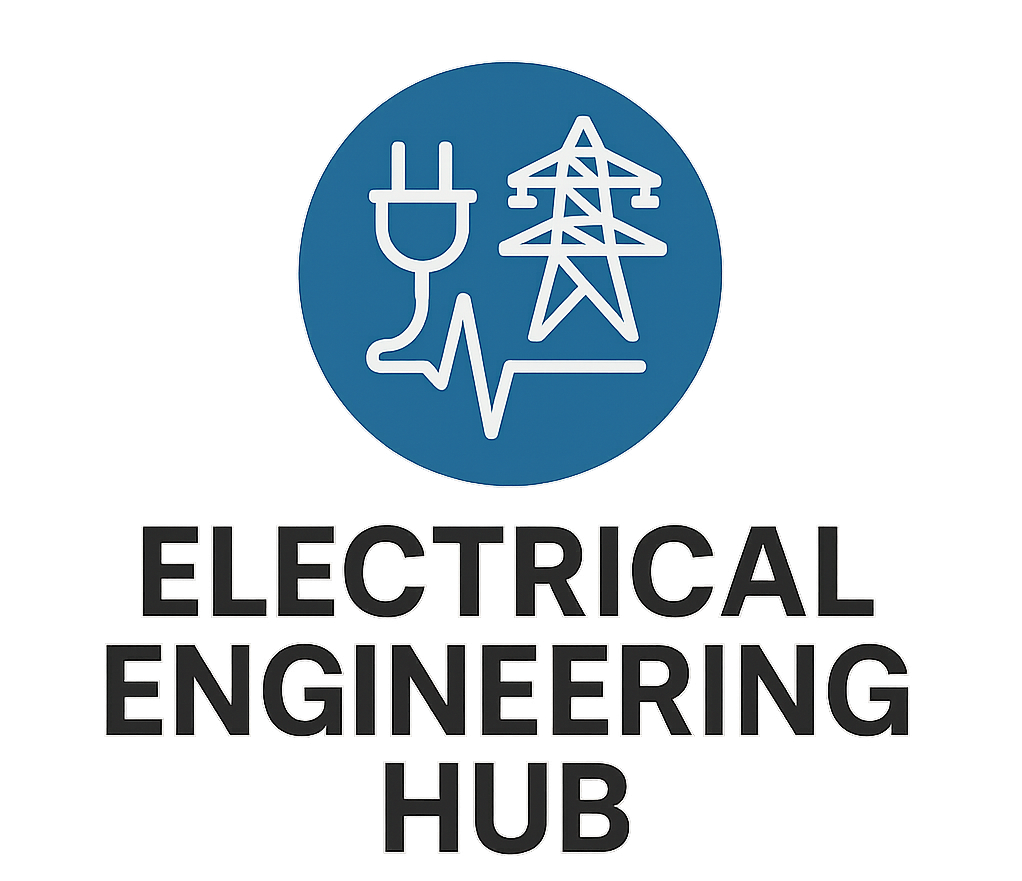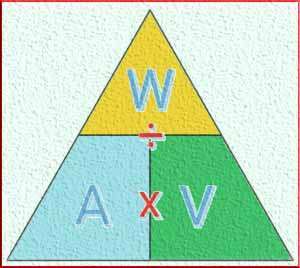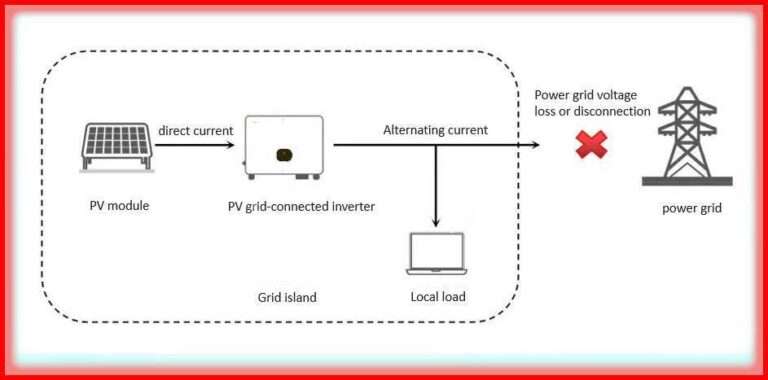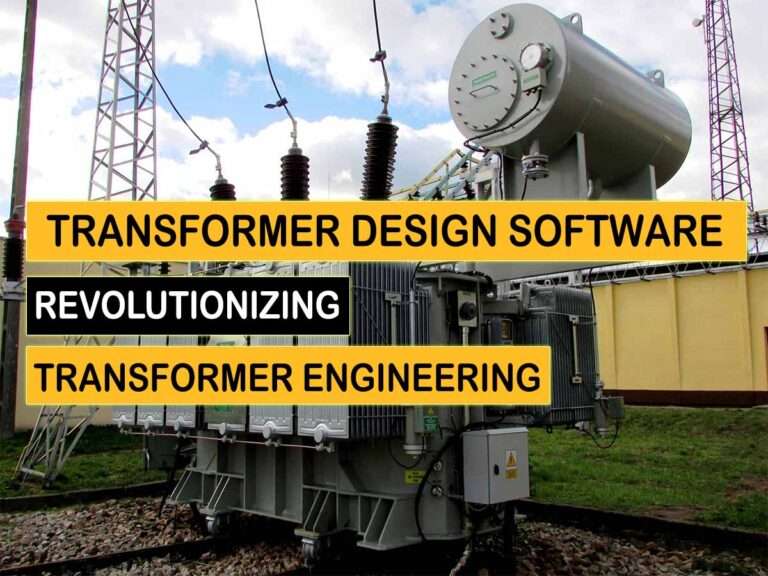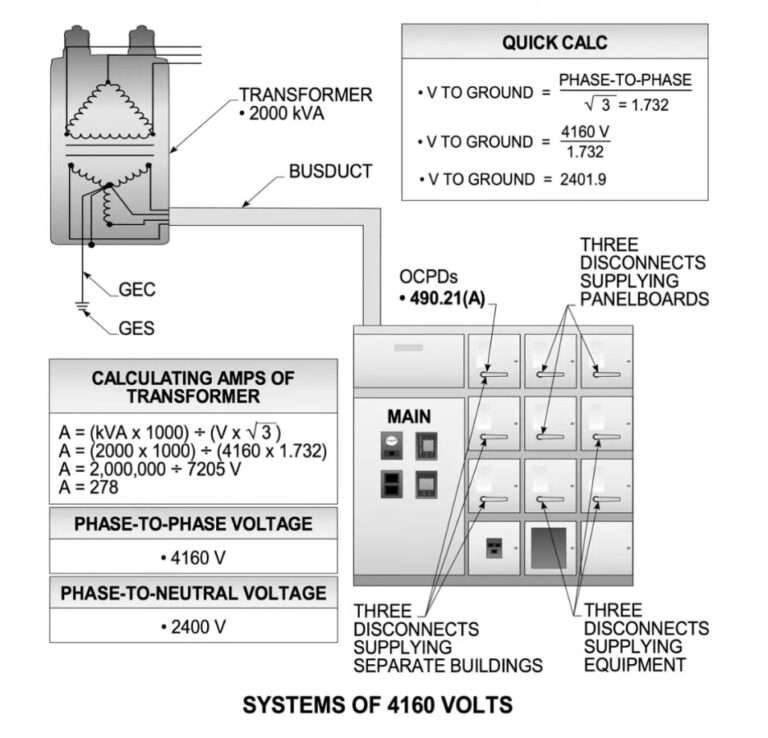Grounding vs Bonding: Key Differences Explained
When dealing with electrical systems, safety is not just a priority—it’s a necessity. Two crucial concepts that help ensure electrical safety are grounding and bonding. Though often confused or used interchangeably, they serve very different purposes in electrical design and installation.

This detailed guide will help you understand the key differences between grounding vs bonding, their roles, how they work, and why both are essential in keeping people and equipment safe.
Understanding Grounding vs Bonding
At a basic level, grounding means connecting an electrical system to the earth. Bonding, on the other hand, is about creating a conductive path between metallic parts to keep them at the same electrical potential.
Though both involve wires and connections, their intent and impact are entirely different. Grounding helps manage fault currents and lightning strikes, while bonding prevents voltage differences that can cause shock or equipment damage.
Let’s go deeper into each one.
What is Grounding?
Grounding refers to connecting a part of the electrical system to the earth using a ground rod, ground plate, or other approved electrodes.
The goal is to stabilize voltage during normal operation and provide a low-resistance path for fault or lightning currents to flow safely into the earth.
In homes and commercial buildings, the neutral conductor of the electrical system is typically grounded at the main panel.
Know more about Transformer Cooling Methods
Purpose of Grounding
- Limits overvoltage due to lightning or line surges
- Stabilizes the voltage to earth during normal operation
- Provides a path for fault currents to flow to earth
Types of Grounding
- System grounding (e.g., grounding the neutral in a transformer)
- Equipment grounding (e.g., connecting metal enclosures to ground)
What is Bonding?
Bonding is the practice of connecting all non-current-carrying metal parts of an electrical system together. This includes enclosures, conduits, raceways, and any metallic component that could become energized during a fault.
The aim is to ensure that all exposed metallic parts remain at the same electrical potential. If a fault occurs, bonded parts will have no voltage difference between them, which reduces the risk of electric shock.
Purpose of Bonding
- Keeps metal parts at the same electrical potential
- Ensures a clear path for fault current back to the source
- Prevents arcing and shocks between metal surfaces
Types of Bonding
- Main bonding jumper connects neutral to ground at the service
- Supplemental bonding between various metal structures like water pipes, gas lines, etc.
Grounding vs Bonding: A Technical Comparison
To make things clearer, here is a detailed comparison of grounding vs bonding:
| Aspect | Grounding | Bonding |
|---|---|---|
| Definition | Connecting system to the earth | Connecting metallic parts to maintain same potential |
| Main Function | Divert fault/overvoltage to the earth | Eliminate potential difference between conductive parts |
| Involves | Ground rods, earth plates, electrode conductors | Conductive bonding jumpers, metal conduits, bonding screws |
| Path to Earth? | Yes | No (path is back to system source, not earth) |
| Fault Clearing Role | Helps dissipate lightning and surge faults | Completes circuit for overcurrent protection device to trip |
| Applicable To | Neutral, grounding electrodes | Metal enclosures, piping, structural steel |
| Effect on Voltage | Stabilizes voltage to ground reference | Prevents voltage difference between accessible parts |
Know more about Star Delta Transformer Fault Current Distribution
How Grounding Works in Real Installations
Consider a residential building. The grounding electrode conductor (GEC) runs from the main panel to a grounding rod buried outside. This connection ensures that the electrical system has a reference point at the earth’s potential.
If lightning strikes or there’s a surge from the utility line, that excess voltage travels down the GEC into the ground instead of damaging the system or appliances.
Additionally, the neutral point of the service transformer is grounded, creating a return path that keeps voltages in balance.
How Bonding Works in Real Installations
In the same home, all metallic conduit, outlet boxes, and appliance frames are bonded together and to the ground bar in the panel. This ensures that if a hot wire touches any metal part, the fault current can return quickly to the panel, tripping the breaker.
Without bonding, if a metal washer or pipe gets energized, it may not trip the breaker immediately, putting people at risk of electric shock.
Know more about Transformer Protection Schemes: Types and Application Guide
National Electrical Code (NEC) Requirements
The NEC (National Electrical Code) clearly defines both grounding and bonding requirements in separate sections.
- Article 250.4(A) covers the purpose of grounding
- Article 250.4(B) addresses bonding requirements
- Grounding electrodes are detailed in 250.50 to 250.70
- Bonding jumpers are defined in 250.102 and 250.104
Following NEC requirements ensures that both grounding and bonding paths are continuous, low-impedance, and capable of carrying fault current without damage.
Common Misconceptions about Grounding vs Bonding
Grounding clears faults
Not always. It’s actually bonding that ensures enough fault current flows to trip a breaker.
Bonding is optional
It’s not. Bonding is critical in areas like swimming pools, metallic piping, and rooftop solar systems.
They serve the same purpose
They do not. Grounding deals with voltage to earth; bonding deals with equalizing voltage across metal parts.
You only need grounding rods
Grounding rods are just part of the equation. Proper bonding is needed for fault-clearing performance.
Know more about Differential Protection of Transformer
Why Both Are Critical for Safety
Neglecting either grounding or bonding can lead to serious safety hazards. Without proper grounding, systems have no stable voltage reference, increasing the risk of surges or arcing faults. Without bonding, voltage differences can appear between metal parts, leading to unexpected shocks or fires.
A properly grounded and bonded system ensures:
- Breakers and fuses trip correctly
- Electrical noise is minimized
- Equipment lasts longer
- People are protected from electric shock
Grounding vs Bonding in Special Systems
Generators and Transfer Switches
In a backup generator system, grounding and bonding become even more important. If the generator is separately derived, it must have its own grounding electrode. Bonding must also connect the generator frame, neutral, and ground to ensure proper fault clearing.
Solar PV Systems
Solar inverters often have internal bonding mechanisms. However, the metal frames of PV panels and racking must be bonded. Grounding conductors run from inverters to the grounding electrode system.
Know more about How Difficult Is It to Learn Programmable Logic Controller (PLC)?
IT and Data Centers
In sensitive environments, bonding is done meticulously to control electrical noise. Ground loops are avoided by using isolated grounding and signal reference grids, where needed.
Conclusion: Grounding vs Bonding—Both Are Essential
In summary, grounding vs bonding is not a matter of choosing one over the other. Both are required by code and vital to the safety and performance of any electrical installation. Grounding helps stabilize system voltage and dissipate lightning or surge currents. Bonding ensures that all metal parts are at the same electrical potential, reducing the risk of shock and aiding fault current return paths.
For engineers, electricians, and homeowners alike, understanding these two concepts can help avoid life-threatening hazards, system malfunctions, or costly downtime.
So the next time you install or inspect an electrical system, remember: grounding connects to the earth, bonding connects metal parts together—and together, they keep electricity in check.
Follow Us on Social:
Subscribe our Newsletter on Electrical Insights for latest updates from Electrical Engineering Hub
#GroundingVsBonding, #ElectricalSafety, #ElectricalEngineering, #BondingBasics, #GroundingSystem, #CodeCompliance, #NECStandards, #ElectricalInstallations, #Earthing, #BondingVsGrounding, #ElectricalWiring, #ElectriciansLife, #PowerSystemSafety, #GroundingBasics, #EngineeringExplained
